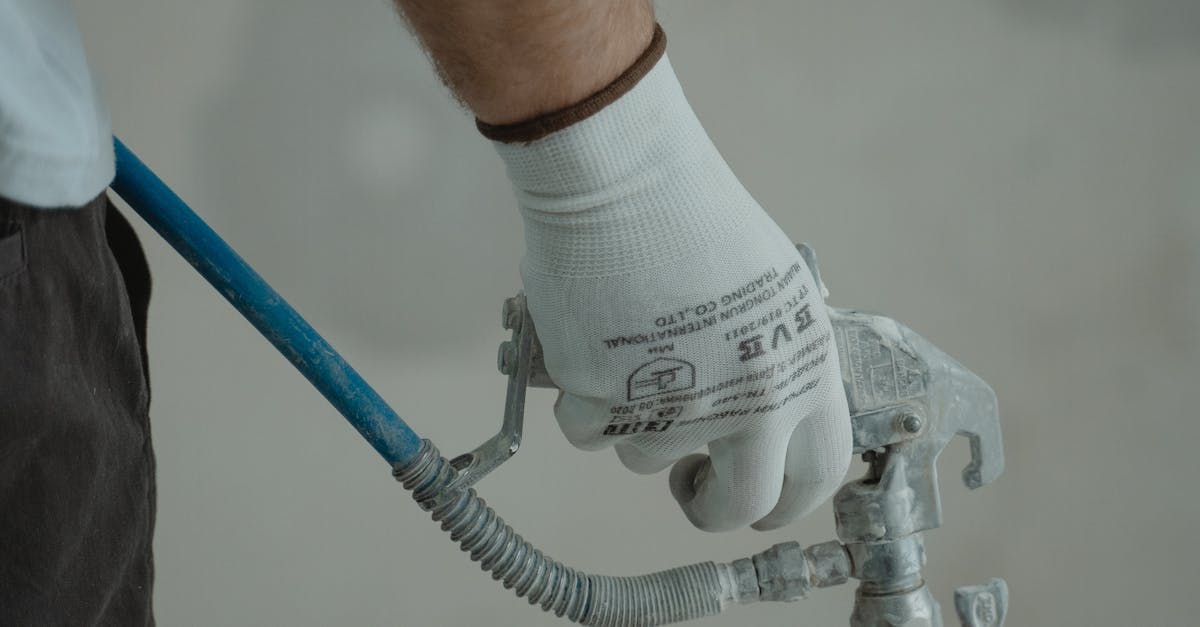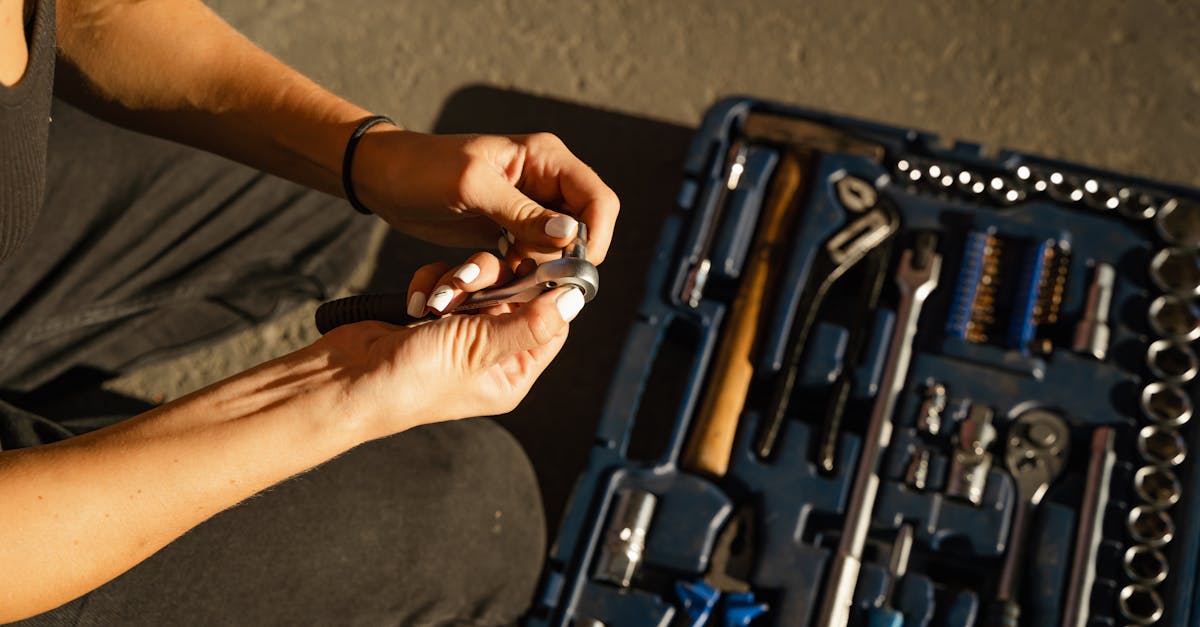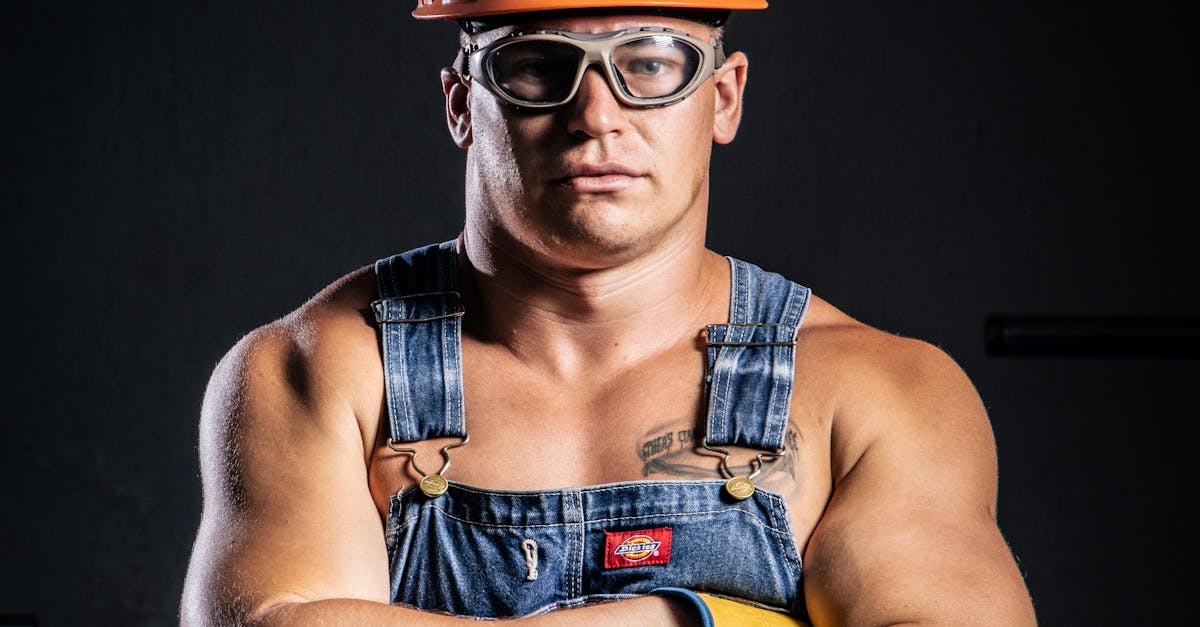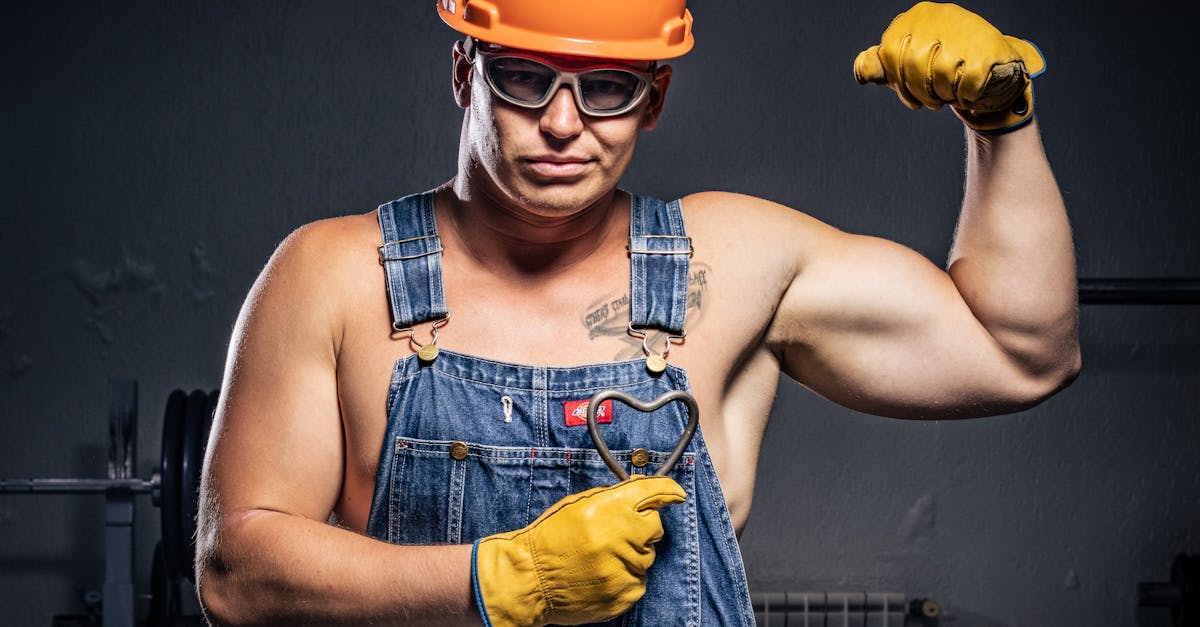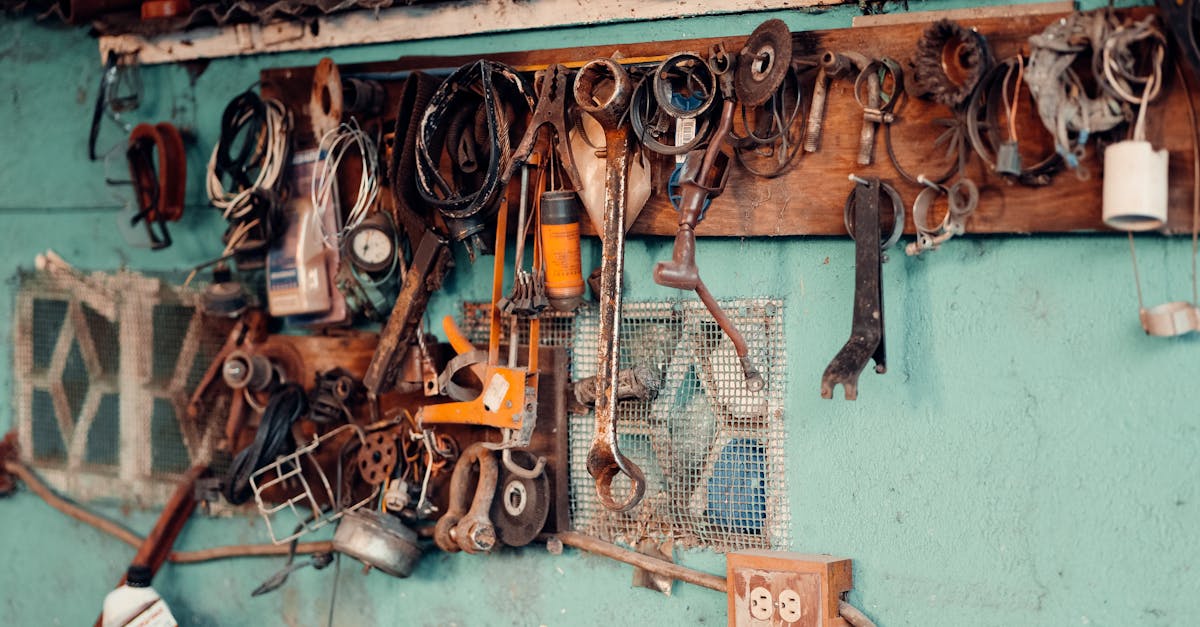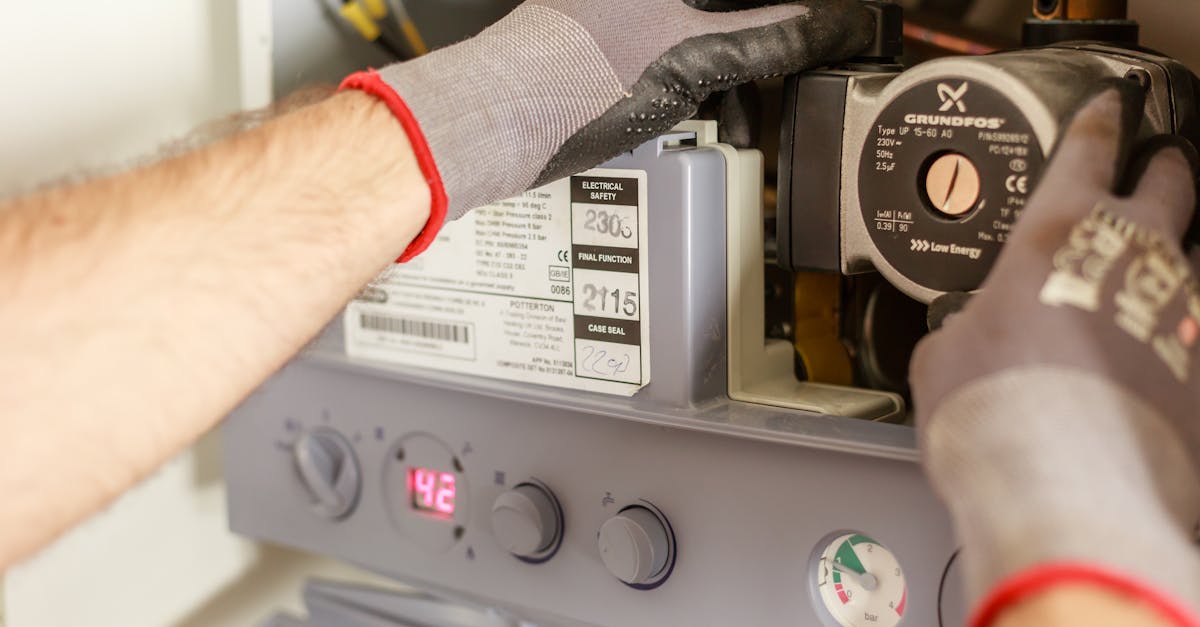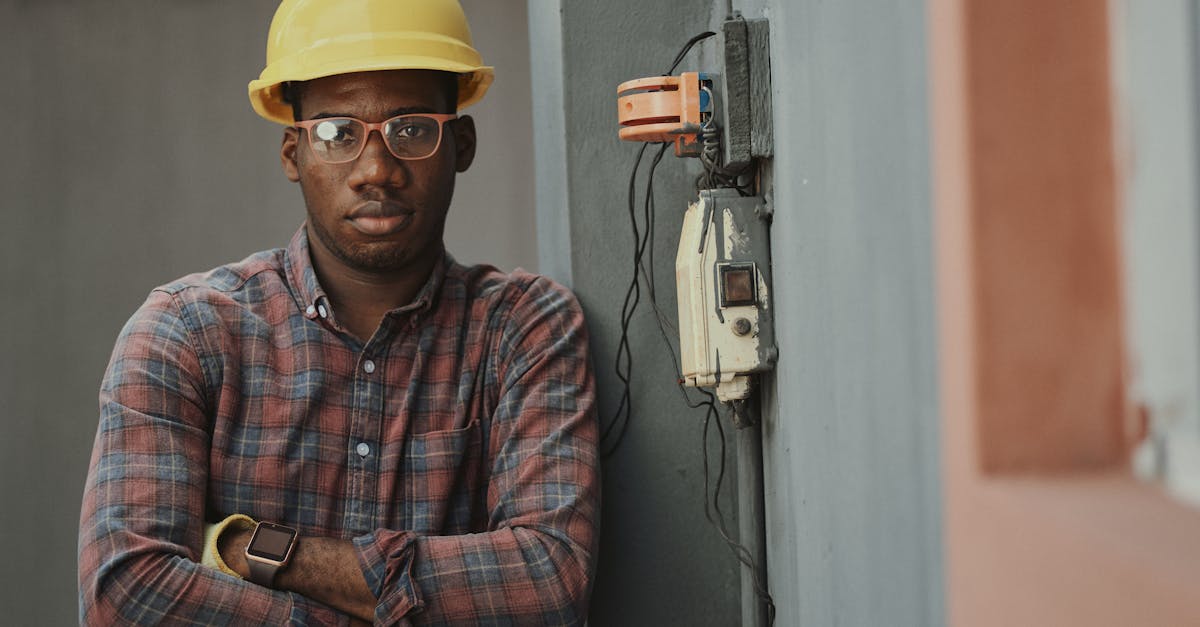
Table Of Contents
DIY vs. Professional Reline
Choosing between a DIY pipe relining project and hiring a professional can significantly impact both cost and quality. DIY options often appeal due to their lower upfront expenses. Homeowners have access to various pipe relining kits, which can make the process seem feasible with minimal investment. However, the success of such endeavors heavily relies on personal skill levels and understanding of plumbing systems.
On the other hand, a professional pipe relining service typically comes with a higher price tag, but it ensures a reliable and durable result. Skilled technicians possess extensive knowledge and experience, which helps them accurately identify issues and effectively perform the relining. Though the initial costs may deter some, the long-term benefits of hiring professionals often outweigh the savings from a DIY approach, making it a safer choice for critical plumbing infrastructures.
Cost Implications of Each Option
When considering the cost implications of DIY versus professional pipe relining, several factors come into play. DIY projects generally involve lower upfront costs since materials can be purchased without labor fees. However, hidden expenses may arise from mistakes made during the installation process, which can lead to expensive repairs and additional time investment. The learning curve associated with mastering the techniques necessary for a successful relining can result in further indirect costs.
On the other hand, opting for professional pipe relining typically comes with a higher initial price tag. Professional services provide the expertise needed to ensure a thorough and effective job, often backed by warranties or guarantees. While the upfront costs are greater, the long-term savings from avoiding potential issues and ensuring quality workmanship can make this option more economical in the grand scheme. The choice between DIY and professional services ultimately hinges on the balance between cost, quality, and peace of mind.
Cost of Relining in Different Industries
The cost of relining can vary significantly across different industries, reflecting specific needs and regulatory requirements. In residential plumbing, homeowners may expect to pay between $3,000 to $7,000 for pipe relining. Factors such as the length of the pipes, the condition of existing lines, and the accessibility of the work site will heavily influence these figures.
Commercial projects often entail more complexity and scale, resulting in higher costs. Businesses might face expenses ranging from $15,000 to $50,000 or more for industrial-grade pipe relining. This increased investment accounts for larger pipe diameters, advanced materials needed for durability, and the potential for more extensive disruption to operational workflows.
Residential vs. Commercial Rates
Residential pipe relining typically involves smaller projects with costs reflecting the scale and scope of work. Homeowners can expect to pay between $50 to $250 per linear foot, depending on factors like the size of the pipes and the complexity of the installation. When relining existing plumbing in a house, the need for specialized equipment or techniques, such as access through existing cleanouts, may also influence pricing.
In contrast, commercial pipe relining often comes with higher costs due to larger pipe diameters and the potential for extensive networks that require more planning and execution. Prices can range from $100 to $300 per linear foot, influenced by the need to minimize disruption to business operations. Additionally, projects may require more rigorous compliance with industry regulations, further impacting overall expenses.
Understanding Warranty and Guarantees
Warranties and guarantees play a crucial role in the overall cost of pipe relining. Many professional services offer warranties that can range from a few years to several decades, depending on the materials used and the methods applied. A solid warranty not only serves as a promise of quality but also provides homeowners and businesses with peace of mind. Understanding the specifics of these guarantees can help individuals make informed decisions when choosing a service provider.
In addition to the warranty period, the terms and conditions outlined within the agreement may have significant implications for the overall cost. Services that offer comprehensive coverage for repairs or replacements can be more expensive upfront, but they often save money in the long run. Evaluating the level of protection provided, as well as the reputation of the company, is essential for those investing in pipe relining. A good warranty can mean the difference between incurring further costs due to unexpected failures and enjoying a reliable, long-lasting solution.
How They Influence Overall Costs
Warranties and guarantees can significantly impact the overall costs associated with pipe relining. When a service provider offers a strong warranty, it often indicates a higher level of confidence in the materials and workmanship used. This assurance may lead to a slightly higher upfront cost, but the long-term benefits can outweigh this initial investment. Homeowners and businesses may find peace of mind knowing that any potential issues in the future will be covered, reducing the likelihood of additional expenses.
Different providers may offer varying terms and conditions regarding warranties. It is essential to thoroughly review these details to understand what is included in the coverage. A reputable company that stands behind its pipe relining services might offer extended warranties, reflecting their commitment to quality. Not only do these factors play a role in the choice of service provider, but they also can influence how much one pays initially and what potential costs may arise down the line.
FAQS
What factors influence the cost of relining?
The cost of relining can be influenced by various factors including the type of material used, the size and complexity of the job, labor costs, and whether you choose a DIY approach or hire a professional.
Is it cheaper to do a DIY rlining?
While a DIY relining can save you labor costs, you should consider the expenses for materials and tools, as well as the potential for costly mistakes. In some cases, hiring a professional may be more cost-effective in the long run.
How does the cost of relining differ between residential and commercial projects?
Generally, commercial relining projects tend to be more expensive due to larger scale work, stricter regulations, and often more complex requirements compared to residential projects.
Are warranties and guarantees included in the cost of relining?
Warranties and guarantees are not always included in the initial cost of relining but can influence the overall price. It’s important to consider the value of these protections when evaluating the cost of the service.
How can I get an accurate estimate for my relining project?
To get an accurate estimate for your relining project, it’s best to consult with professionals who can assess your specific needs. They can provide a detailed quote that includes all aspects of the work involved.

